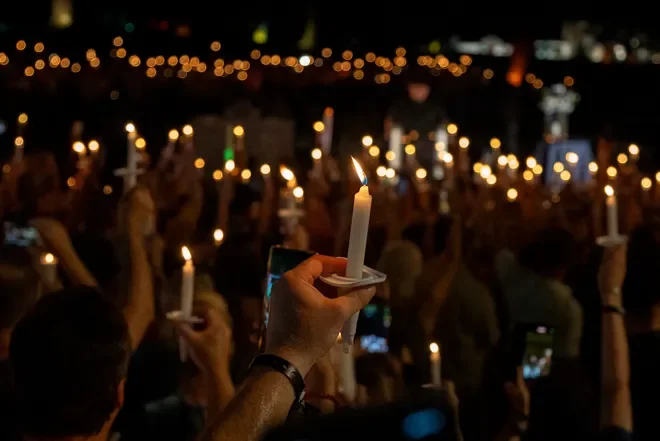Understanding Community Grief and Its Impact on Health
As seen in STROLL The W of Wedgewood, Woodbury
The lives lost and families directly affected by the recent school shooting in Minneapolis weigh heavily on our hearts. In moments like this, grief extends far beyond the individuals most directly impacted by the tragedy. It affects classmates, neighbors, teachers, and entire communities. Physicians and psychologists call this community grief, and it deserves careful attention because of its wide-ranging effects on health.
Grief influences the body in ways that are both visible and invisible. Adults may notice fatigue, headaches, changes in appetite, or difficulty sleeping. Concentration often becomes difficult, and irritability or mood swings may appear without clear explanation. Some people experience stomach upset, muscle tension, or a racing heart. Children, meanwhile, may respond differently. They may regress in behavior, become unusually clingy, or show changes in play and learning. At times, they may withdraw from friends or act out at home or school.
Research shows that prolonged grief and trauma raise stress hormones, disrupt sleep, can weaken the immune system, and over time may increase the risk of chronic illness. Just as untreated medical conditions can cause harm, so can grief that is left unsupported.
Practical strategies can help reduce the toll of collective grief. Keeping daily routines steady offers a sense of safety, especially for children. Regular physical activity reduces stress and improves sleep quality. Social connection, whether through conversation, shared meals, or faith gatherings, helps regulate emotions and lowers the risk of isolation. Limiting ongoing exposure to violent news or images allows the mind space to recover. For children, honest and age-appropriate conversations are vital.
Even with these tools, there are moments when additional support is needed. If grief leads to persistent hopelessness, inability to function at work or school, or withdrawal from important relationships, professional care may be essential. Children may require counseling if distress interferes with learning, friendships, or daily functioning.
Resources exist for those in need. National services include the National Alliance on Mental Illness and the Suicide and Crisis Lifeline (988). In Minnesota, the Walk-In Counseling Center provides free services without an appointment, and many local clinics offer both in-person and virtual mental health appointments. Primary care physicians can also serve as an important resource, helping families recognize symptoms and connect with appropriate resources.
Community grief touches everyone differently, and the health effects are important to understand. By acknowledging its impact, supporting one another, and seeking care when needed, we can lessen the burden and strengthen our community’s capacity to heal.

